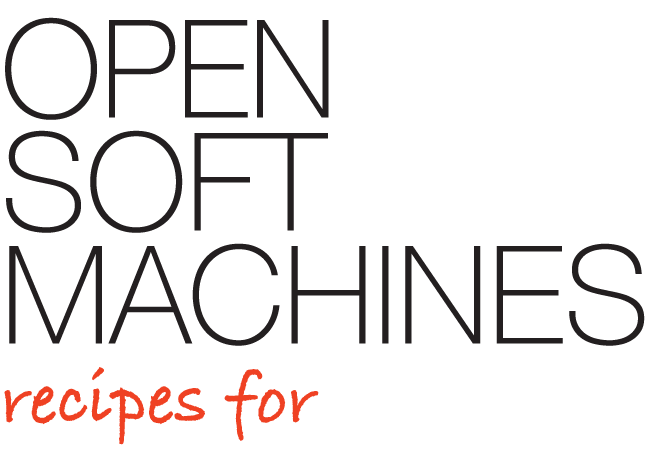Dawn of a new era in robotics
Soft robots form a relatively new domain of research in robotics.
The word “soft” refers to the physical property of “softness,” and must not be confused with computer “software.” Research in soft robots represents an attempt to soften hardware in robotic systems.
The reason behind using the phrase “soft robotics” is that conventional robots are classified as being hard. Typical hard robots are employed in industries. Approximately 1.6 million or more hard robots are in operation throughout the world.
Hard robots find wide applications in factories for automobiles and electrical products; however, there still remains a lot of work that has to be performed by human workers. For example, it is difficult for conventional robots to perform tasks, such as filling lunchboxes, prune trees, or play with children. There exists a variety of such tasks, which hard robots cannot accomplish.
Robotics researchers have started embarking on studies of the probable future robots. Soft robot is a future form of robots.
Softness and gentleness
Let’s think of what soft robots can do.
Robots must first become safe for their users. Robots with soft outer bodies would not hurt humans in the event of a collision. In addition, movements of compliant joints of soft robot could be easily restricted or stopped using human strength.
Why can humans perform handshakes and hug one another? The answer to this is the softness of human bodies. Softness provides safety and security.
This point has been well illustrated by the Disney film Big Hero 6, which featured a healthcare robot, named Baymax, that could gently hug people and would not break or get damaged even after falling from a great height.

Industrial robots are strong and precise but dangerous from the handling point of view. In industrial factories, robots are enclosed in fences, like wild animals. Handshakes with them, therefore, are out of question.
The trend of the current industrial robot is a collaborative robot with limited power and force that can work with people without fences. Patient but not versatile robot require help from flexible human worker.
Interactions between humans and robots are increasingly prevalent. There exists zero distance between the user and wearable robotic device for example. Softness is, therefore, an important property in robots regularly have physical contact with people.
Softness and adaptation
If your body is hard as skeleton, performing tasks such as gently picking up an egg, tolerating falling on its back, or walking quietly would have great difficulty.
Soft tissues demonstrate great flexibility. For example, when attempting to turn a doorknob, fingers and palm of the hand deform and assume the shape of the knob. You can exactly determine the tightness of the grip and whether the knob is slippery or not simply based on the sense of touch.
Soft robotic hand that capable of picking up almost anything with deformation mechanism is invented. This robot hand make use of a “jamming phenomenon,” wherein they become hard while maintaining their shape as vacuuming after pressing and deforming. This is an independent principle not like pinching or sucking.

When trying to pinch objects using hard robotic fingers, robot must scan the object shape and then calculate a feasible posture to hold it. Soft robotic hands made a significant change in concept of grasping by taking advantage of the passive deformation mechanism.
Use of soft robots in science
The robots that is “useful” are not limited to those capable of moving things around and assembling machines.
One approach that has attracted increased attention in recent years is to make robots capable of mimicking humans and other living organisms in order to understand them. Softness is very closely related to living matter. This is because the bodies of living matter comprise soft materials made of water and organic compounds. Soft robots are tools for scientific research.
When studying animals we cannot fully understand their movements only from the anatomical knowledge. Bio-inspired soft robots could actually be made to crawl and/or swim in order to verify theories obtained via observation.
For example, the OCTOPUS project, directed by Professor Cecilia Laschi at the Sant’Anna School of Advanced Studies between 2009 and 2013, was a research project aimed at developing soft robots by studying the octopus, as the name suggests.

The “understand by making” approach is a joint task involving the disciplines of biology and robotics. The octopus-inspired robot has served as a platform for examining the construction of soft tentacles, via muscle-fiber arrangements, as well as neural basis of tentacle control.
Making bio-inspired robots is inextricably linked to robot-inspired biology. Insights from the collaboration of robotics and biology enables robots with new features.
The future
Soft robotics has the power to change the existing concept of “robots = metal machines.”
Presently, developing robots is a task exclusively performed by engineers. The work involves metal cutting, screw tightening, connecting electronic circuits, and writing programs.
Manufacturing of soft robots tends to deviate from framework of conventional mechanical engineering. These robots are made from soft materials, such as deformable polymers and living cells. They do not require assembling, which may be replaced by direct 3D printing techniques. Furthermore, any type of robotic programming may be considered synonymous with biohacking.
Soft robotics can be considered as a means of making biocompatible artificial objects, for example, prosthetics actuated by artificial muscles, and artificial organs produced by 3D bioprinter.
Bioprinting with living organic materials is a developing technology. For example, Professor Jennifer Lewis and others at Harvard University have printed structures that resemble renal tubules in the kidney and populated them with living cells.

Self-replication and self-healing functions of living beings may be introduced into soft robots as well. Although this has not yet been achieved in practice, there may someday exist robots capable of healing their own injuries and even grow in size.
The first year of soft robotics
The phrase “soft robotics” first came to being used and be widely recognized around the year 2010. We may, therefore, consider 2010 as the “first year of soft robotics.”
Soft robotics is an exciting field because not only robot researchers are exciting, more and more researchers from other fields are getting involved. Biology, chemistry, materials science, computational science, … A wide range of academic fields are getting on board.
Soft robotics research probably continue until soft robots become commonplace and no one needs to specifically refer to them as “soft” anymore.
This is “the beginning.”
author: Ryuma Niiyama

